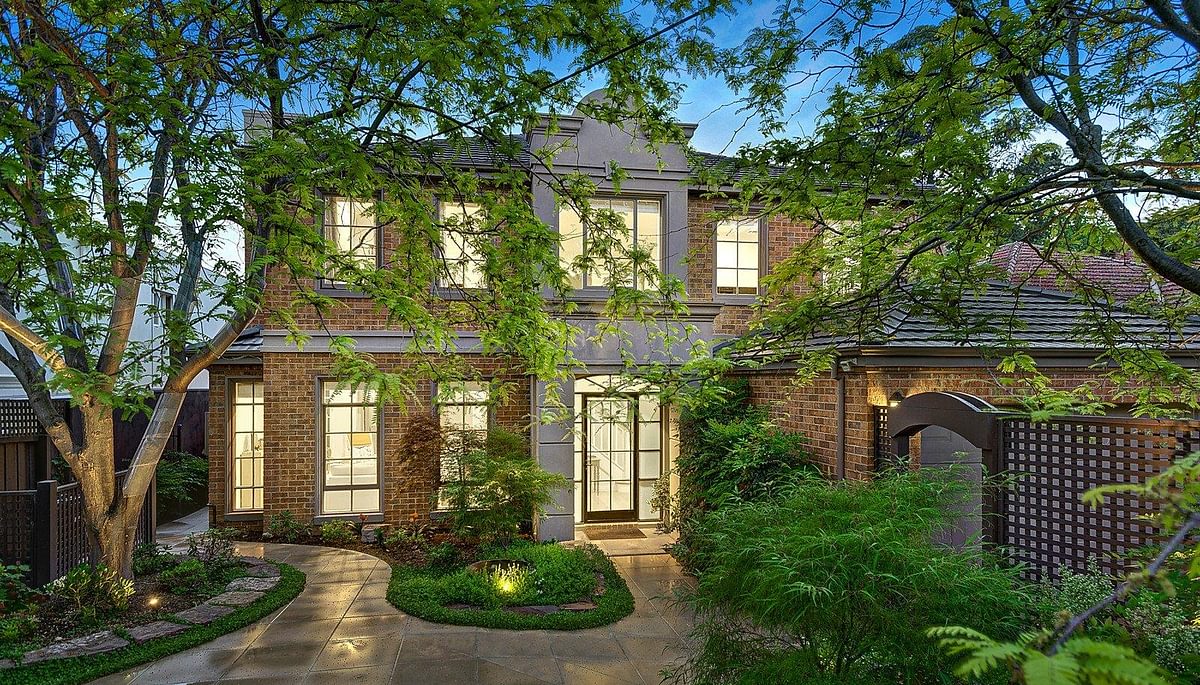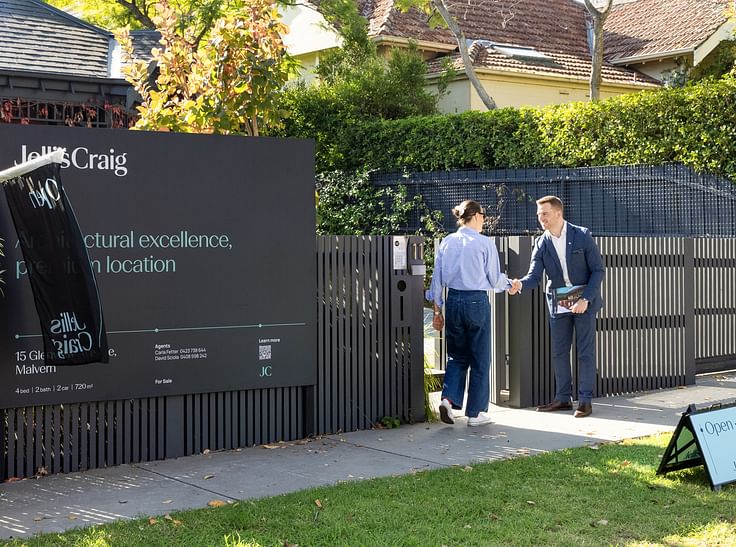How to maximise your rental return

When it comes to managing investment properties, maximising the overall return on your investment should be among your highest priorities.
But achieving that goal requires prudent planning and decision-making at every stage – from the purchase of the right investment property through to its management and maintenance.
Prioritising some of the following factors will give you a greater chance of achieving better returns.
BE CLEAR ON STRATEGY
The selection of an investment property should be guided primarily by your ‘hold’ strategy.
How long you plan on owning the property before selling again will influence everything from the type of property you buy to how you approach its management and improvements, so it’s critical to be clear on your strategy from the start.
‘Hold’ strategies typically fall into three timeframes:
One to three years (tier 1)
Five to 10 years (tier 2)
More than 10 years (tier 3)
PLANNING IMPROVEMENTS
Improving or renovating your investment property is one of the most common ways to increase rental returns, but should be undertaken with the long-term strategy at front of mind.
Owners need to consider the level of capital expenditure and whether it will yield returns over the period they plan to hold the property.
TIER 1
For owners in the first bracket (one to three years), improvements should be predominantly cosmetic. That means making the property present well aesthetically, without making major changes. Things such as painting the property, redoing flooring, replacing light fittings and painting kitchen cabinetry can have the visual impact of significant improvements but without significant cost.
Cosmetic improvements will encourage tenants to pay at the top end of a price bracket, without necessarily shifting it into the next bracket.
TIER 2
The next level of upgrades are major improvements in core areas of the property that will shift its potential rental earnings into a higher price bracket, and are best considered for investors who plan to retain the property for five to 10 years.
For example, an investor who purchases an unrenovated apartment in a 1960s building may look to replace the kitchen and bathrooms, which will significantly lift the property’s potential returns.
After completing any renovation, ensure the depreciation schedule is updated in order to depreciate those works over time and maximise the returns.
TIER 3
For investors who plan to hold a property for more than 10 years, a full renovation is something to consider.
This process will involve working with architects and design consultants, may include altering structures and could cost in the hundreds of thousands of dollars, however the significant lift in both rental returns and the property’s value at the point of sale may justify this expenditure.
If an older property is costing $5000 to $10,000 in annual repairs, it may be more prudent to complete a full renovation, which will also allow you to claim the depreciation on those improvements over time.
Rental losses through the time the property will spend off-market during a renovation also need to be considered.
THE RIGHT PROPERTY IN THE RIGHT AREA
Choosing the right property that has the strongest prospects for good returns is crucial.
One of the simplest and most effective ways to approach this is try to purchase a property in the middle of the range or enquiry band. Selecting the cheapest property in the market has a higher likelihood of creating challenges with tenants, while reaching towards the top of the price bracket may cause issues with vacancy and the ability to maintain a tenancy. Therefore finding the middle ground is a good place to start.
At Jellis Craig we also recommend that investors purchase in the areas that they know best, because nothing beats local knowledge about the most desirable streets and the surrounding amenity, and it helps buyers to feel more comfortable about the property they’re purchasing.
If it’s a location in which you want to live, it’s very likely that there will also be strong tenant demand, minimising vacancy and creating higher rental returns.
CHECK FOR MAINTENANCE ISSUES
Few things erode an investment property’s returns faster than ongoing maintenance issues.
When viewing properties, check for planned works and special levies to ensure your returns won’t be impacted for years to come.
Also check for surrounding trees and vegetation that may not be included in the property’s current maintenance schedule. Many older properties and apartment blocks have trees that have grown significantly over decades and now have an underlying root system that can cause significant damage, with repair bills to match.
CHOOSE TENANTS AND STRUCTURE LEASE CAREFULLY
Tenant selection should form a part of your overall strategy for the property, and should also factor into the purchase of the property itself.
If you plan to hold the property for the medium to long-term (two to three years or more), then offering tenants a longer lease can provide security and assured returns.
However if you if you plan on selling in the next six to 12 months, the value of your asset can be impacted if there is a longer fixed-lease structure in place.
We have witnessed properties with five-year leases in place that were unable to be sold because no purchaser was prepared to take on a tenancy of that length, regardless of the strength of its returns. The government is now encouraging landlords to issue longer leases, so investors need to be very clear on their strategy.
Outside of home loan interest, a vacancy is the biggest cost an owner will have, and a carefully structured lease can help avoid an empty property.
Ensure you have enough money in your offset account to cover for a period of vacancy, but also try to position the lease to expire during times of the year with the strongest rental demand.
When an owner’s lease is due to expire in December we will often recommend they offer a lease of 13 to 14 months so that it expires in January or February and can be relisted during the traditionally strong summer market, rather than the pre-Christmas period.
PLAN WITH CONFIDENCE
Quite clearly there are many moving parts when attempting to maximise the return on an investment property.
A good property manager can assist with each step, including conducting regular audits to ensure your property continues to align with your investment strategy and deliver you the best possible returns, as well as helping you plan for the future.
Contact Jellis Craig’s experienced, market-leading property management team to find out how you can secure the best possible returns for your asset.









